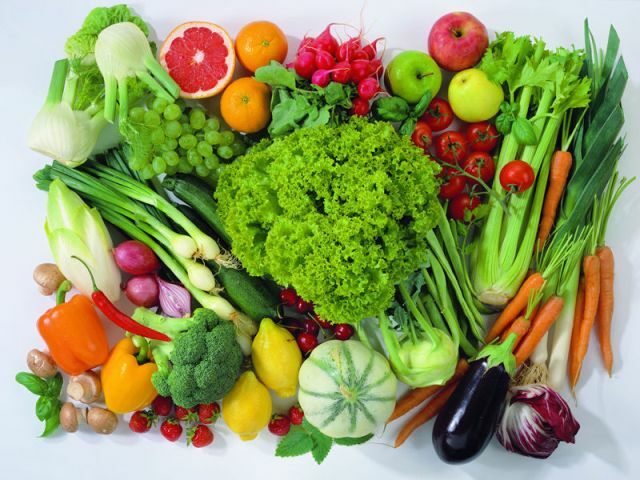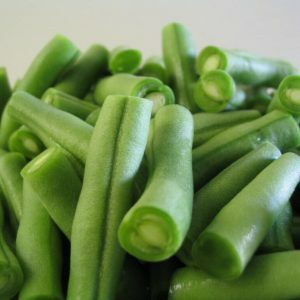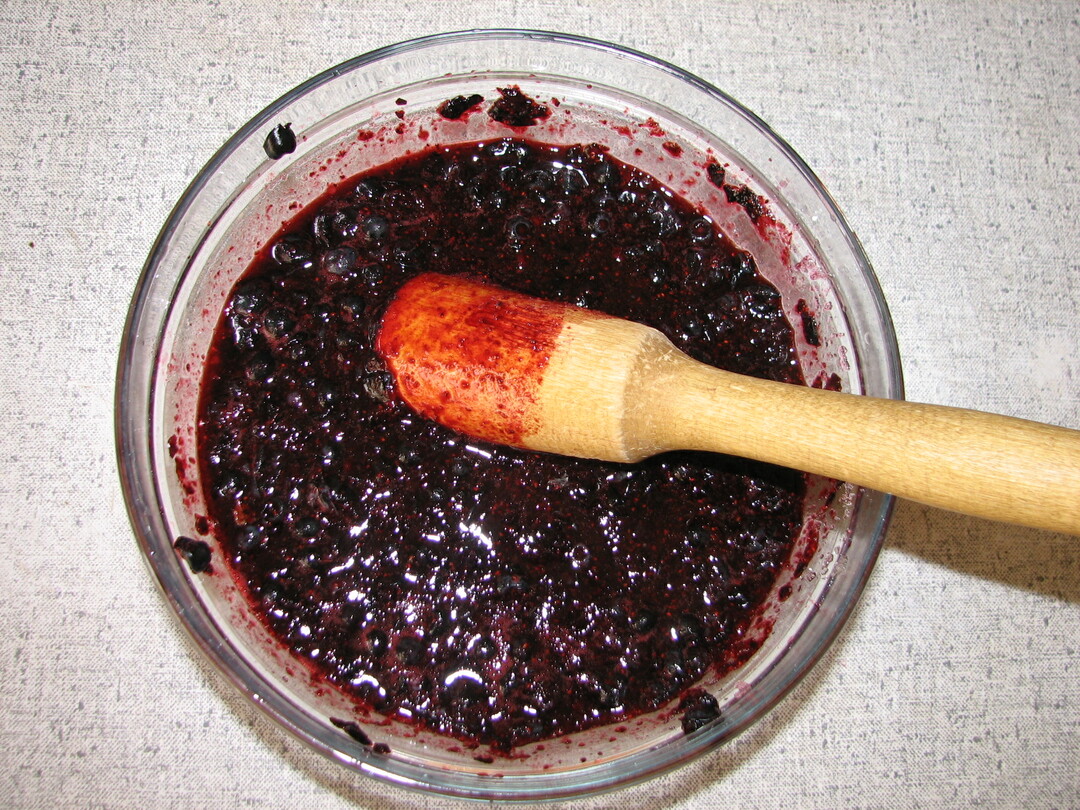Rhubarb: benefits, harm, recipes of folk medicine
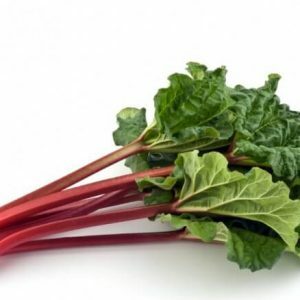
Rhubarb is a plant belonging to the Buckwheat family, more than 20 kinds of rhubarb are known.The plant is classified as a vegetable, but in cooking it is used for cooking sweet compotes, preserves and used as spices.The birthplace of rhubarb is China.It was there, 3 thousand years ago BC, and learned about the benefits of plants.Local herbalists began to be used for its medicinal purposes.Then the rhubarb came to Persia, and from there - to Europe, where it was brought by Arab merchants.
Interesting! In ancient Russia wild varieties of rhubarb( not having medicinal strength) grew chaotically, like weeds.In the famine years the petioles went into food.The medicinal rhubarb was imported from China in 1653, was highly valued and was not available to everyone.
Composition
Nutritional value of 100 g:
- Calories 21 kcal
- Protein 7g
- Fats 1g
- Carbohydrates 5g
- Dietary Fiber 2g
- Water 5 g
InPlant composition includes the following useful substances:
-
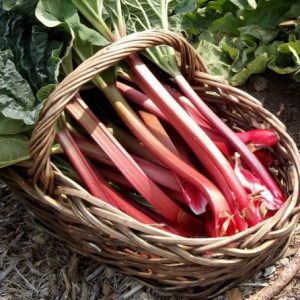 B vitamins( thiamine, choline, riboflavin, pyridoxine, folic acid);
B vitamins( thiamine, choline, riboflavin, pyridoxine, folic acid); - vitamin A( beta-carotene);
- ascorbic acid;
- vitamins E and K;
- microelements: iron, manganese, selenium, zinc, copper;
- macronutrients: magnesium, calcium, potassium, sodium, phosphorus.
- mono- and disaccharides;
- is an apple, citric, oxalic acid.
Calorie content of rhubarb is low - 21 units per 100 g of product, which allows to include it in the diet of slimming people and people leading a healthy lifestyle.
Useful and curative properties of
Both young plant leaves and juicy petioles go in for food.The taste of the product is pleasant - refreshing, sour. The use of the product is facilitated by the :
- for the proper functioning of the heart and lungs;
- easy digestion of food;
- functioning of the kidneys;
- treatment of anemia and tuberculosis;
- increase in acidity;
- purification of blood;
- eliminating irregular constipation;
- normalization of intestinal motility;
- formation of beneficial gastric microflora.
 For medicinal purposes, the roots of a plant containing large quantities of tannins are also used.On the basis of rhubarb root, laxative preparations are made, which are prescribed to people suffering from constipation, intestinal atony, and swelling.However, prolonged use causes addiction, and the therapeutic effect stops.In this case, it is better to alternate the infusion of rhubarb with drugs of a similar effect.
For medicinal purposes, the roots of a plant containing large quantities of tannins are also used.On the basis of rhubarb root, laxative preparations are made, which are prescribed to people suffering from constipation, intestinal atony, and swelling.However, prolonged use causes addiction, and the therapeutic effect stops.In this case, it is better to alternate the infusion of rhubarb with drugs of a similar effect.
Another substance that is part of the plant's roots is chrysarobin.It helps in the treatment of psoriasis, in small doses acts as an astringent and anti-inflammatory, choleretic agent.
Important! Drugs containing rhubarb should not be taken on an empty stomach!
Counteracts and possible harm
Rhubarb is not recommended for people with chronic gastrointestinal diseases, and:
- hemorrhoids in the bleeding stage;
- gout;
- with diabetes mellitus;
- rheumatism.
Caution should be included in the diet of rhubarb to the elderly, as well as to young children under three years of age.The plant contains a large amount of oxalic acid, which, if overdosed, causes serious poisoning.
Important!Pregnant women are also not recommended to abuse dishes with rhubarb, as it causes pressure drops and has a strong diuretic effect.
Rhubarb in Traditional Medicine
In this industry, the plant is very popular and used in many ways.People who have a plot of land at their disposal, specially grow medicinal varieties of rhubarb and prepare various infusions and powders from it.
Kissel as a restorative tool
-
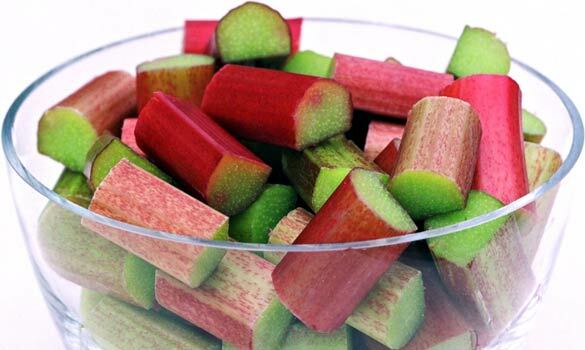 Take the rhubarb stems( 10 pieces), several leaves of fresh mint and crusts of orange.
Take the rhubarb stems( 10 pieces), several leaves of fresh mint and crusts of orange. - Cut the chrysalis into pieces about 2 centimeters.
- Pour a liter of water and cook until the rhubarb is soft.
- Strain through a colander and bring to a boil again.Add
- Add starch and sugar.
Infusion as a mild laxative
- Take 2 tablespoons of ground rhubarb root.
- Pour a glass of boiling water and let it brew for 10-15 minutes.
- Drink at night one third of the glass.
Hypertension and Anemia Remedy
- Take 2 tablespoons of dried and shredded stems.Pour a half cup of hot water into the soda.
- .
- Cook over low heat for 20 to 30 minutes.
- Strain and allow the broth to cool.
- Take one third of the glass morning and evening.

